Episode 18 Paul Wheaton on Permaculture
Podcast: Play in new window | Download
Subscribe: RSS
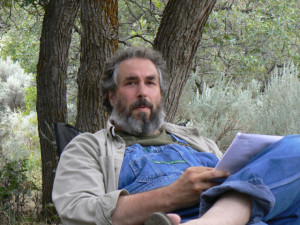
Since the Audio was so bad last time we had on Paul Wheaton He stopped back by again. This time the audio is perfect and it only took me two minutes to edit. This time we talk about the following:
How to get started in permaculture, Finding Land, Lemon Tree in Montana?! Staying Cool in the Summer and Hippies. With a few tangents thrown in for good measure. You will get some great ideas on permaculture techniques to get out there and start doing. Getting Paul to share some of the techniques on how to grow the lemon tree were awesome. I have heard him talking about it but never really say how. I tried to pull all the permaculture knowledge from him as possible this time. The conversation turned towards nutrition and cancer at one point which are both big with me. I highly agree that they are connected. I also got to quiz him about making a creek. I had heard this mentioned several times and was happy to ask him directly on how to make a creek using permaculture.
Permaculture Topics
- Getting Started with Permaculture
- Finding Land
- Earthworks
- Growing lemon trees in Montana
- Staying cool in the summer
- Nutrition
- Cancer Treatment
- Man made creeks
Links
Rich Soil where you can find Pauls articles.
Think this post was worth 20 cents? Consider joining The Survivalpunk Army and get access to exclusive content and discounts!
Also please enter our Reader appreciation contest and help spread the word about our blog.
Looking for the best prices and best customer service in buying Silver and Gold online? Look no further than JM Bullion for all your precious metal needs!
For all your Survival and prepping needs and bags to hold your gear check out Survival Gear Bags
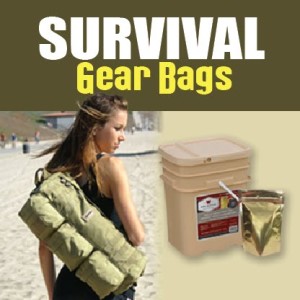
10 Replies to “Episode 18 Paul Wheaton on Permaculture”
Comments are closed.




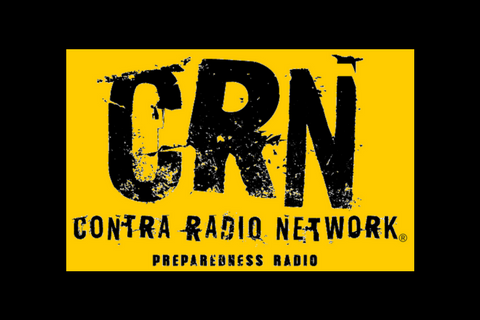
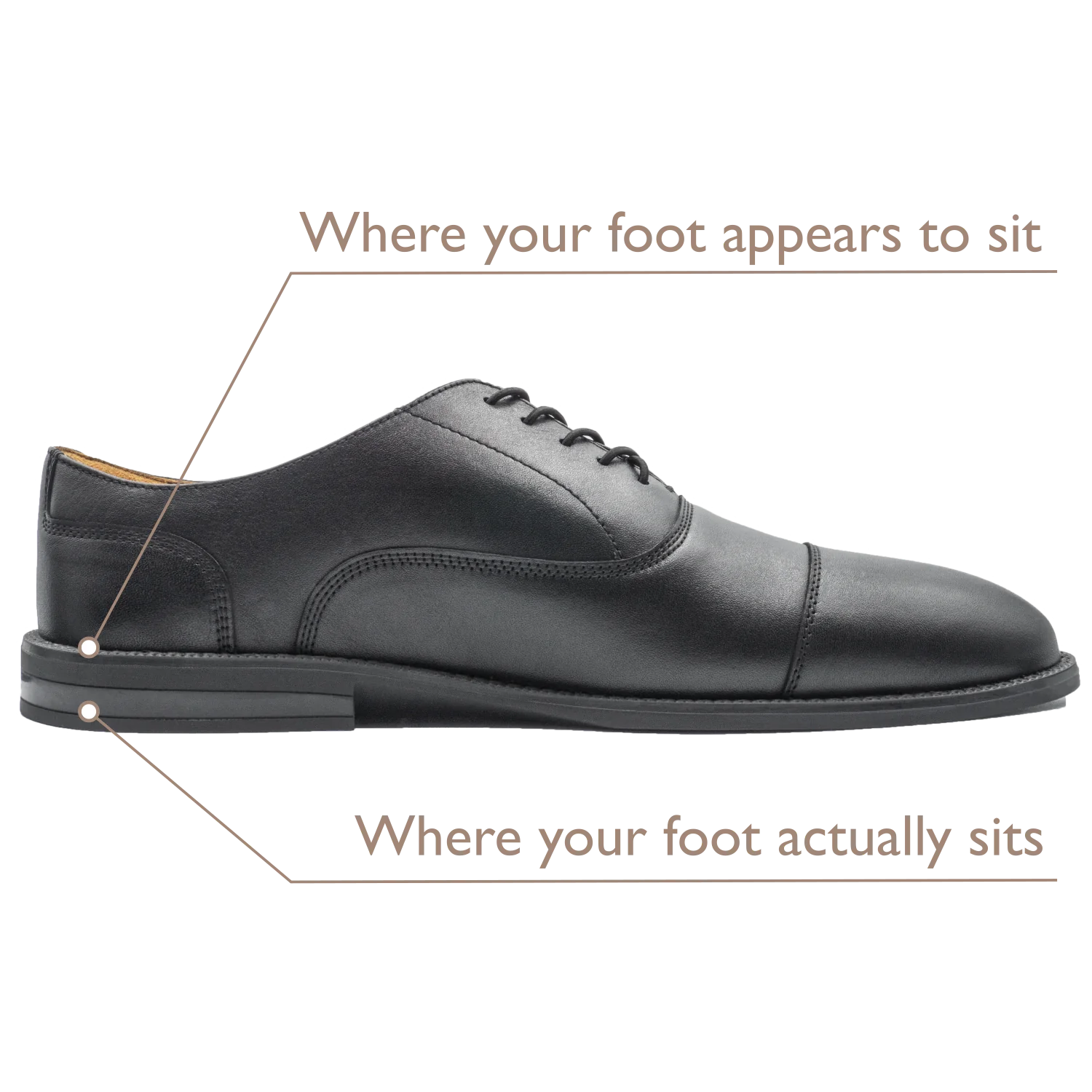
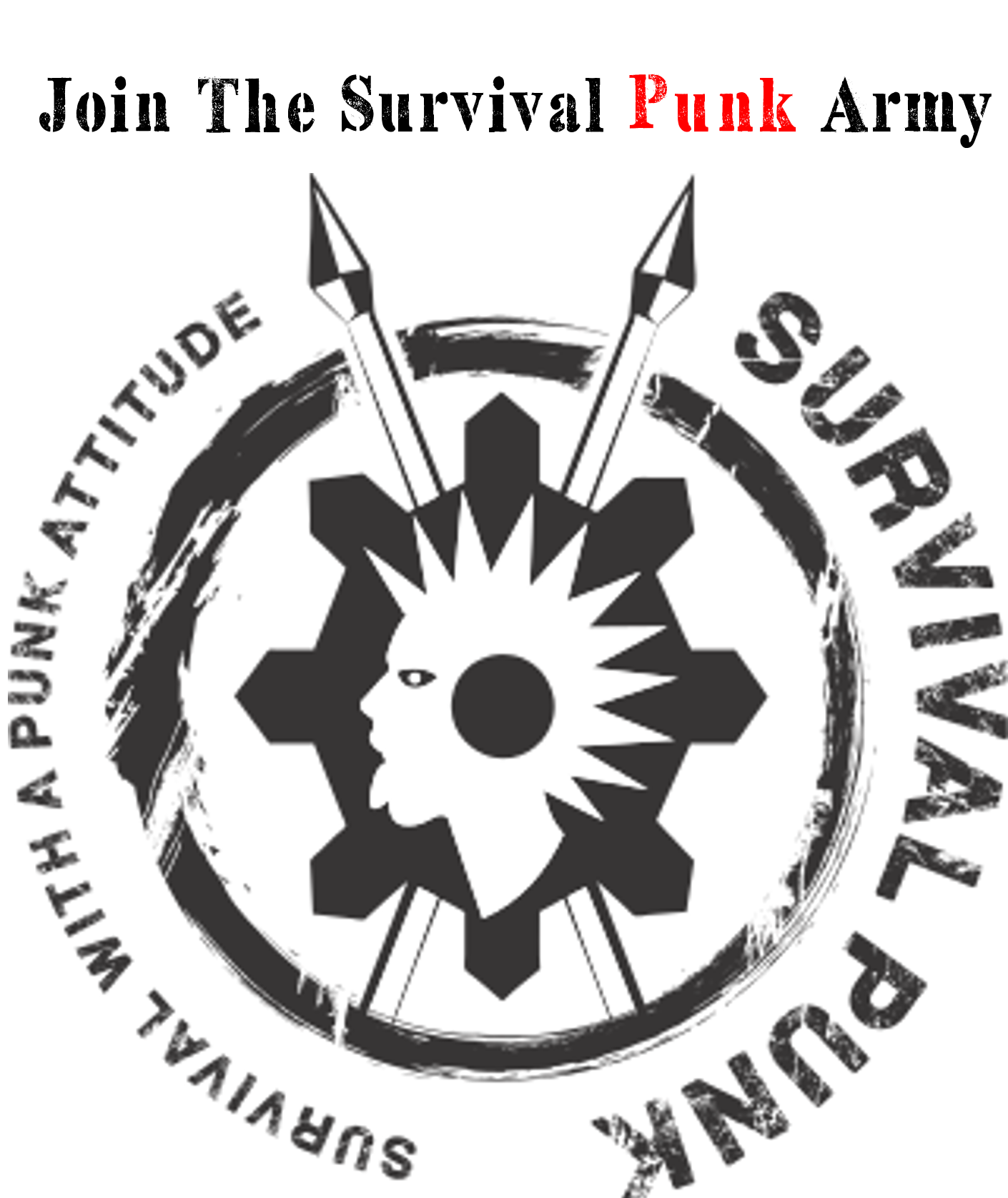
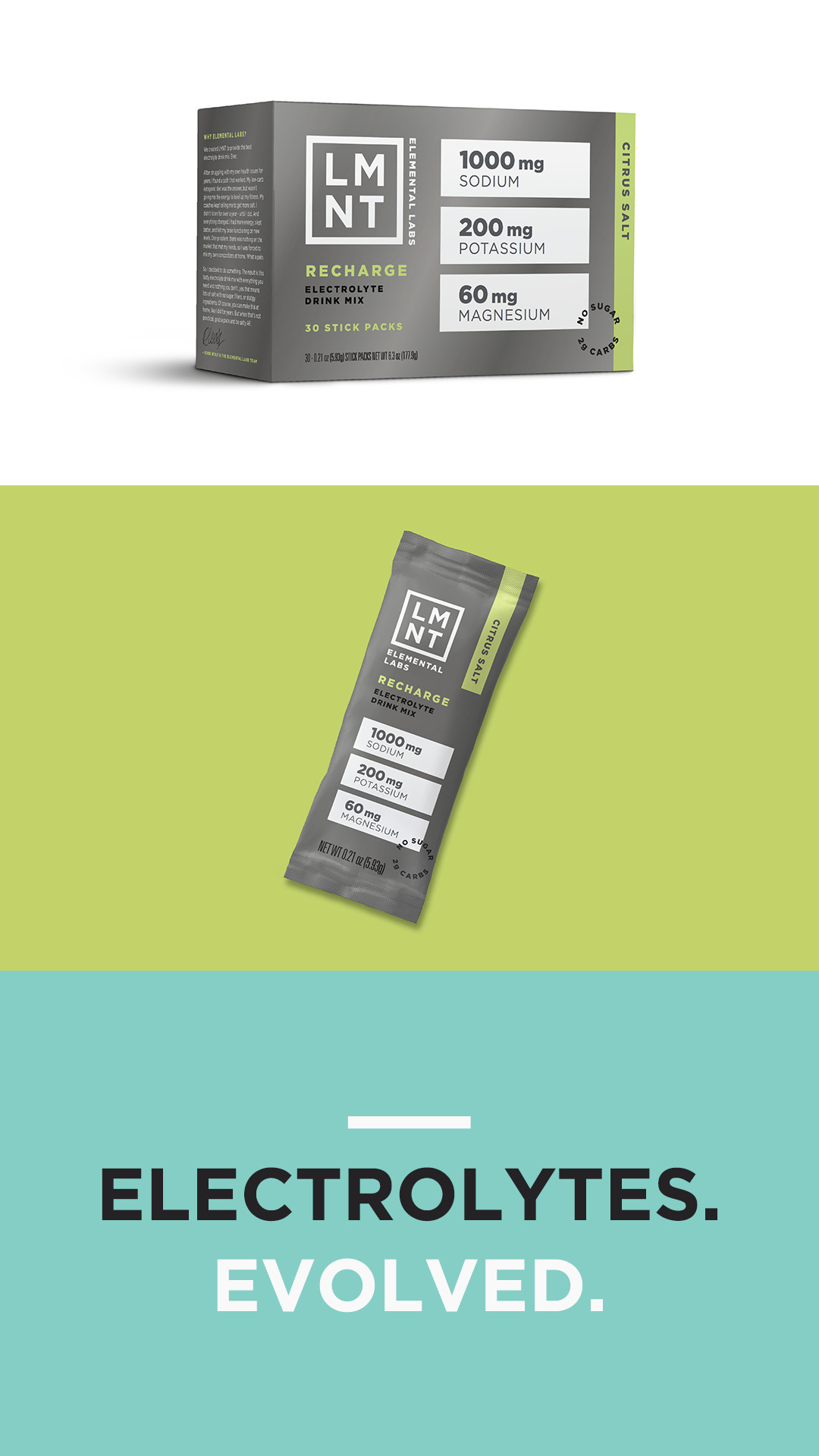


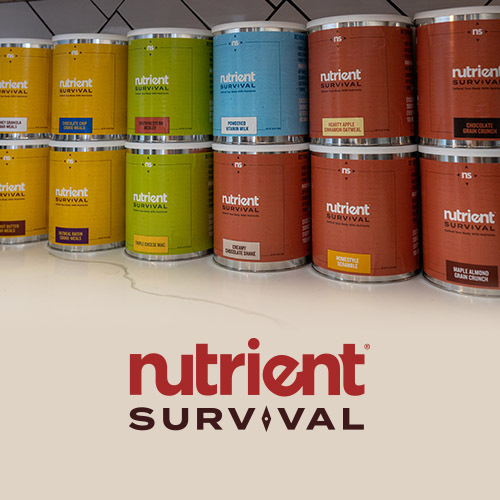









Lest anyone get the idea that the preference for hot homes is a gender-based thing,
the females in our family generally prefer an indoor temperature between 60-68F in
winter – and no/AC in summer (unless it gets above 80F inside).
On shade trees: shorter trees with foliage closer to the ground are VERY valuable
to the east and west of homes – to prevent unwanted solar gain in the morning and
late afternoon. For those at more northern latitudes, shorter trees can be useful
in the northeast and northwest – either decidous or evergreen – to block the sun
as it rises and sets much further north.
Vines can also be useful on a pergola or other support on the east or west of the
house. In keeping with permaculture principles, these vines can also provide fruit.
In more humid regions, spritzing water does not help cool things off (pretty much
anywhere east of the Mississippi.
Beyond venting an attic, an attic fan that draws hot air out of the home, while
pulling in cooler air from outside in the evening can really reduce the air
temperature inside quickly. For effective cooling without electricity, an open
vent high on the south of the home, and another close to the floor on the north
of the home can be amazingly effective in using naturally occuring convection
currents to move hot air out of the home, and pull in the cooler air. This works
even better in homes with high ceilings (cathedral) OR if a window on the south
side of a second story is used to allow hot air to escape. Plants, trees or shrubs
on the north side of the home to shade the area around the low vent will cool the air comming in even more.
*These tips will NOT adversely affect solar gain in winter!*
story o
I prefer the apartment to be about 65 year round. In the winter this is pretty easy. Thanks for the tips I’ll try to implement what I can here.
We may need to move to northern Europe! Or Alaska?
Though I’m a big Doctor Who Fan moving to Europe is out the the question. Alaska though might be a possibility.
Ahoy fellow Whovian! Have watched the show from the very beginning, even catching the now missing episodes- but have missed some of the recent Doctors; no TV signal or cable out here; satellite too pricey – and we’re too busy farming, foraging… and checking out cool websites – like SurvivalPunk!
My sister is currently in Alaska. But the growing season is so short! Then again, our latitude in northern New England is almost as far north as southern Alaska. Sigh. The long days in summer are a bonus, though. Trees grow like crazy here.
I want it all: cool temps, nice breezes to supress the bugs, good soil, regular evenly spaced rainfall, and a nice growing season with no more than a couple months of ice & snow (or less!). Oh, and a limited government. New Zealand? Maybe I need a time machine – or a Tardis!
Maybe I need a time machine – or a Tardis!
Yeah I want it all too! I love being out in the nice hot summer but want it cold inside. So ill stick to the beautiful hills of Tennessee. I grew up on the old doctor who and love watching the new ones
BTW, I’m not an MD or health practitioner of any kind, but I’ve been told that
staying cold and having trouble getting warm can be a sign of hormone imbalance in
women. Kelp may help, can’t hurt, and is a good source of many trace and micro-
trace minerals. Nattokinase is supposed to be good for increasing circulation,
and can help people who have trouble staying warm.
Great interview!
Anyone intersted in the topic of cancer and nutrition should look search Jerry Brunetti. He is also featured in a number of videos on YouTube. He survived
cancer himself, and is extremely knowledgable on the subject of the connection
between healthy soil, healthy plants, healthy animals – and human health.
He is an agriculture consultant, and the author of the awesome ‘Farm as Ecosystem’.
On cancer – it’s not just the contamination of our food with man-made chemicals – it’s also the packaging (plastics transfer synthetic chemicals to food & drink), the chemicals in the air, the toxins in the water.
Other sources: Toxins outgass or transfer from carpets, carpet padding, upolstry, drapes, (including flame retardants), paints (including mold inhibitors), seat cushions, mattresses, bedding, clothing (plastic clothes, wrinkle-resistant treatments, dyes, etc. Nearly everything in homes today releases toxins into the air and/or on contact. Almost none of these toxins were in our homes 70 years ago.
(Carpets were made of wool, upholstery of mohair, clothes of organic non-GMO cotton, pain was made of linseed (flax) oil and earth pigments, bedding was made of cotton, linen, wool, and feathers. Cars were made of metal, leather, and wood. There are few convienences that could not be made of renewable materials and produced in a non-destructive manner. It’s about vision, and allowing the violation of our basic rights – as Paul says, you can pollute yourself all you want, but no one has the right to pollute another person – not their air, not their water, not their food – or their bodies via consumer products where the toxins are hidden behind ‘trade secret’ screens, etc.)
What to do? OPEN YOUR WINDOWS. And take one step at a time.
This brings us back to the ‘principle vs techniques’ conversation. (Do people lack cholesterol in their brains, as Jerry Brunetti suggests? Has our toxic load made it difficult to think independantly? Or our school system taught us what to think, not how to think? Or are we just too busy on the hamster-wheel of life?)
Bottom line guide I use: if my ancestors were not exposed to this substance, odds are my body will not benefit from it – and will almost certainly be damaged by it. In the last 2-3 generations, approx 80,000 new chemicals have been put into use – with only a handful ever being tested for their effects on the human body. But the ‘harmful’ foods my ancestors thrived on, I eat them (real eggs from chickens living on bugs, pasture & grain; raw grassfed dairy; naturally raised meats; produce grown in healthy soils; incontaminated seafood (ha!), etc).
Examples:
Sunlight? My ancestors lived where this was precious and rare, so sun exposure in moderation, allowing for gradual tanning is HEALTHY – but getting burned is NOT. (Gradual moderate tanning protects from excessive UV exposure to deep tissues; synthetic sunpscreen – aside from the toxic chemicals they contain – only protects the surface, giving people a false sense of security, actually increasing their cancer risk as they expose themselves to harmful radiation exposure to deeper tissue layers.) BTW, your skin will NOT generate overdoses of Vit D.
Plastic or paper bags? Plastic generates toxic pollution at every step- from sourcing the raw materials (oil) through manufacture, use, and disposal. Paper is not made in an eco-friendly manner but it CAN be! And it is bio-degradable.
Plastic food containers can be switched to glass, ceramic, or stainless steel (which can increase your nickle exposure). As GrowingYourGreens says, ‘Think in terms of -good, better, best.’
Every little step DOES make a difference.
The odds of humans adjusting to the increasing toxin load on the planet are small. Insects and other arthropods may be ok, but it does not look good for mammals – unless we turn the tide of the toxin flood, so to speak.
– The shear number of man-made chemicals, (80,000+ – not counting their break-down products, and mixing of chemicals withing the environment-
– The basic life processes they affect (endocrine disruptors, for example, which do not just affect reproduction, but the regulation of many body processes – thermoregulation, metabolism, etc)-
– Heavy metals in concentrations and forms rarely found in nature-
– Electromagnetic radiation exposure of types and levels totally new to the evolution of life as we know it – from wiring in our homes, to cell phones…
… etc.
But there’s hope! Even the most privelidged people are having babies born already polluted.
We vote with our dollar. We can choose what to support with our purchases. We can buy toxic ‘cleansers’ – or clean with water, vinegar, lemon juice, borax, natural soaps, and baking soda – and get our homes, bodies, and clothes just as clean – just to name one example. We can buy water in plastic – or carry our own in glass or ss. We can… choose!